Frameworks templates to help students master your content
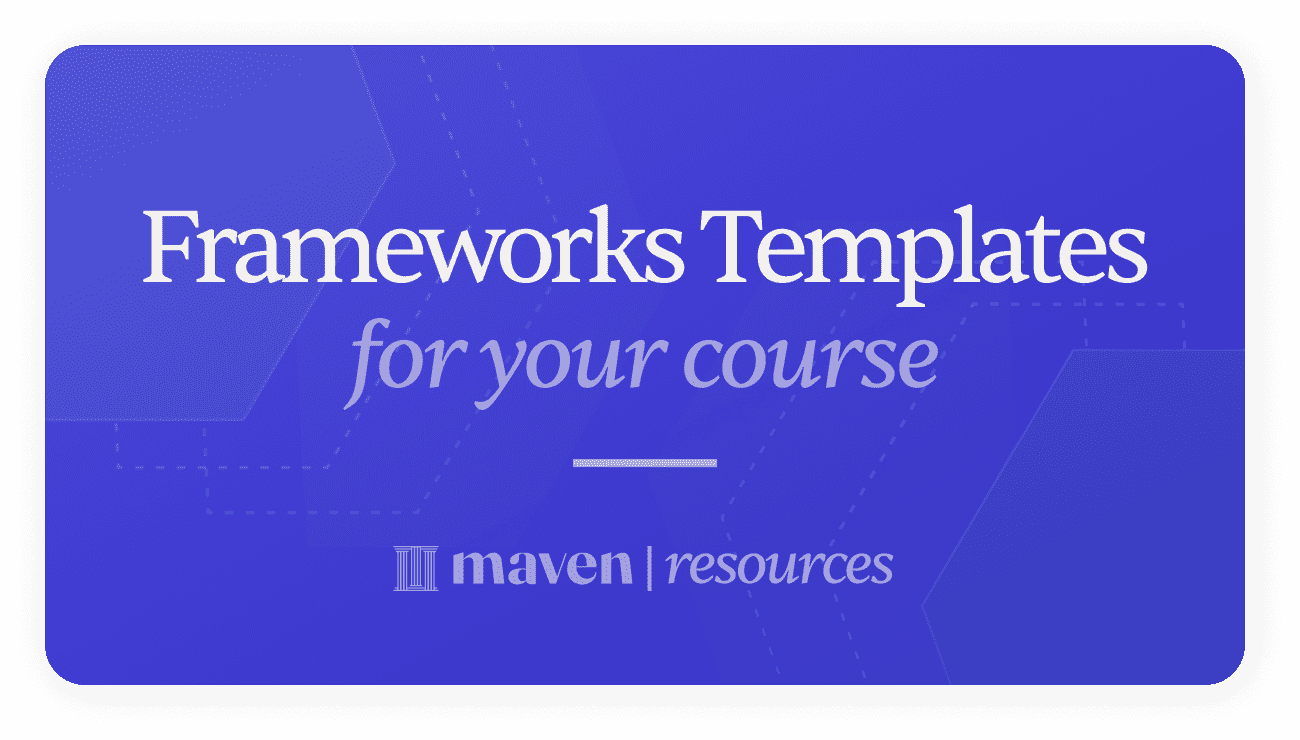
Acronyms
- S.M.A.R.T: Specific, measurable, achievable, relevant and time bound: 5 traits of a well-designed goal
- S.U.C.C.E.S: Simple, Unexpected, Concrete, Credible Emotional, Stories: from Made to Stick, to remember traits of good storytelling
- B.E.D.M.A.S: Best Alternative To a Negotiated Agreement: a negotiator’s position if they reach impasse
- P.E.M.D.A.S: Parentheses, Exponents, Multiply, Divide, Add, Subtract: order of operations in mathematics
Graphs
- Distribution curve: Outlines the expected distribution of statistics.
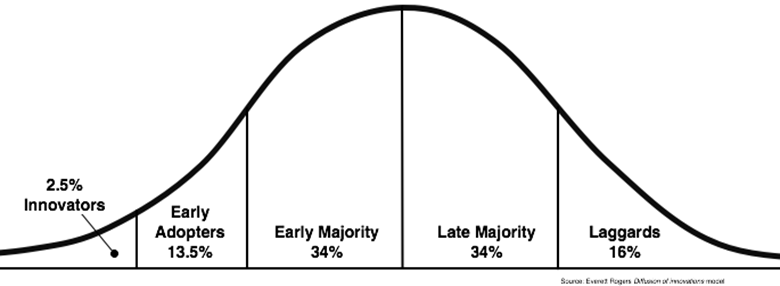
- J-Curve: Demonstrates a loss in value in the short-term and growth in the long term.

- Hockey stick: Often used to show exponential growth after a long period of slow/no growth.
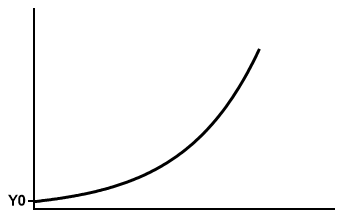
Shapes
- Concentric circles: A core idea or focus, within a greater context. Example: Concentric Circles of Customers (Wes Kao)

- Hub and Spoke: When a central idea has contributing ideas or factors that aren’t dependent on one another. Example: Hub and spoke distribution paradigm

- Pyramid: Knowledge or ability that can be built upon. Examples: Content Hierarchy of BS (Wes Kao), Maslow’s Hierarchy of Needs, and Content Triangle (David Perell)

- Venn diagram: Demonstrates how different concepts are similar and dissimilar. Example: Ikigai

- Hierarchy: Demonstrates structure and dependency between factors. Example: Minto Pyramid Principle

- Steps: Shows a linear sequence. Examples: Sales funnel, Jake Knapp's Design Sprint

- Flywheel: Shows how actions/outcomes fuel further action. Examples: Marketing flywheel, Nir Eyal's Hooked Model, and Charles Duhigg's Habit Loop

- Canvas: Visualizes complexity in a concise, single view. Example: Course Mechanics Canvas (Wes Kao)
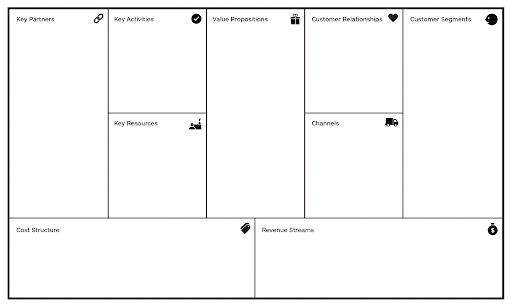
- Matrix: A grid that demonstrates 2 intersecting spectrums, usually a 2x2 or 3x3. Example: Eisenhower Matrix, Growth-Share Matrix, and SWOT

- Triangle: Demonstrates the relationship between 3 traits. Example: Lean Startup Engines of Growth and Project Management Triangle
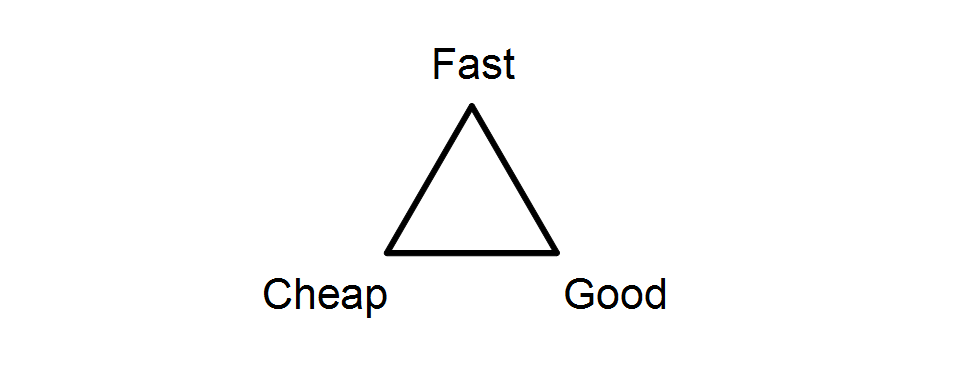
Additional resources
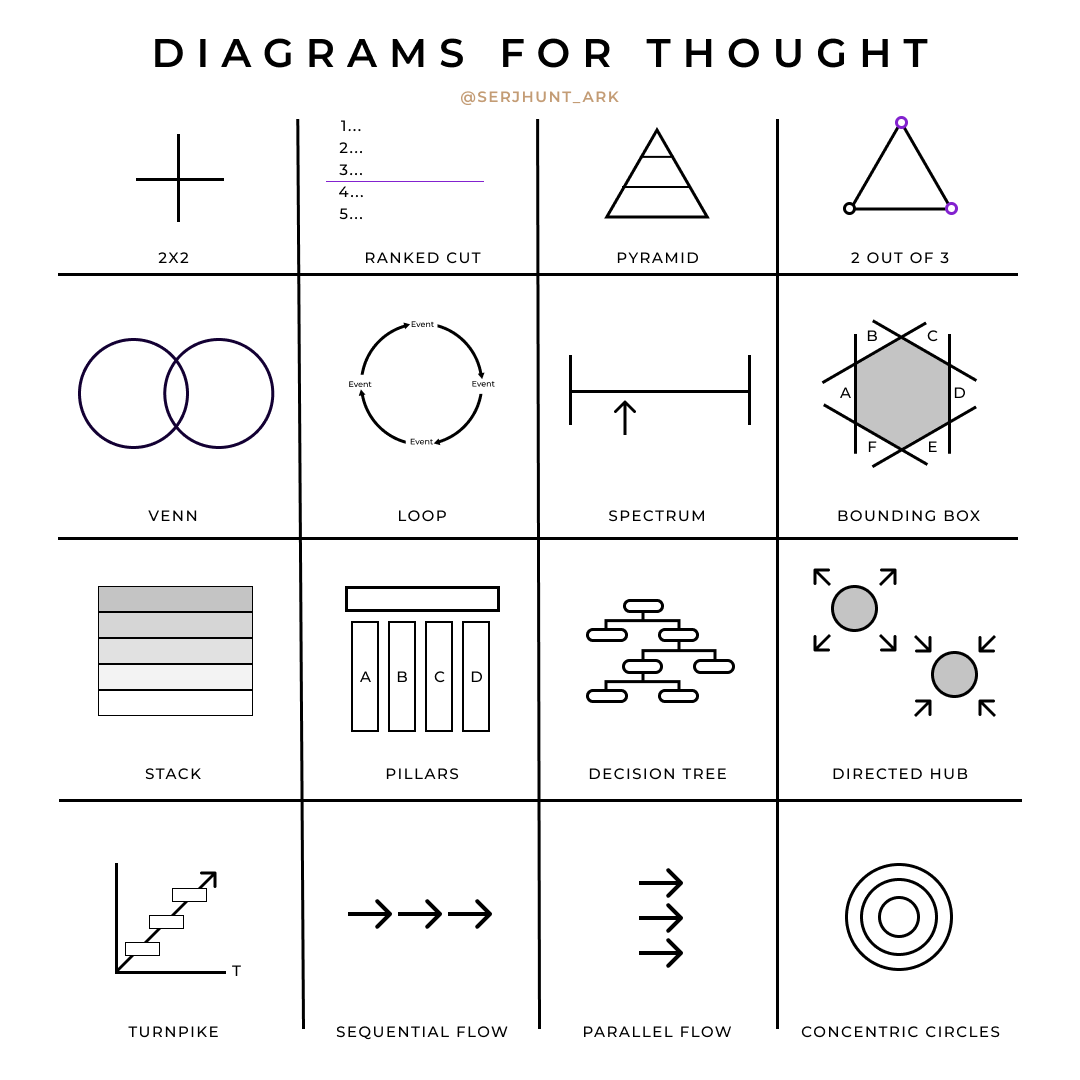
Related Courses
Influence without authority framework for non-native speaking professionals
Cross cultural communication framework offers a 3-day framework to transform from overlooked contributor to credible strategic influencer.
Uplevel Your Product Thinking
Frameworks to evaluate markets & come up with compelling solutions. Applied to 10 product themes! 🔥 500 students 🔥
Designing Your Freelance Business
Learn how to start and sustain a successful and fulfilling freelance practice.
Success Through Persuasive Storytelling
Master practical storytelling frameworks to inspire confidence, influence decisions and become the communicator everyone listens to.
Gaining Influence Through Your Presentations: Technical Professionals
Elevate your presentations. Inspire your audience. Sell your ideas. Build your brand. Transform your career.
The Writing Flywheel - For Software Engineering & Product Leaders
Learn actionable methods to get better at writing. Learn how to clarify your own thinking and how to simplify it for others to take action.